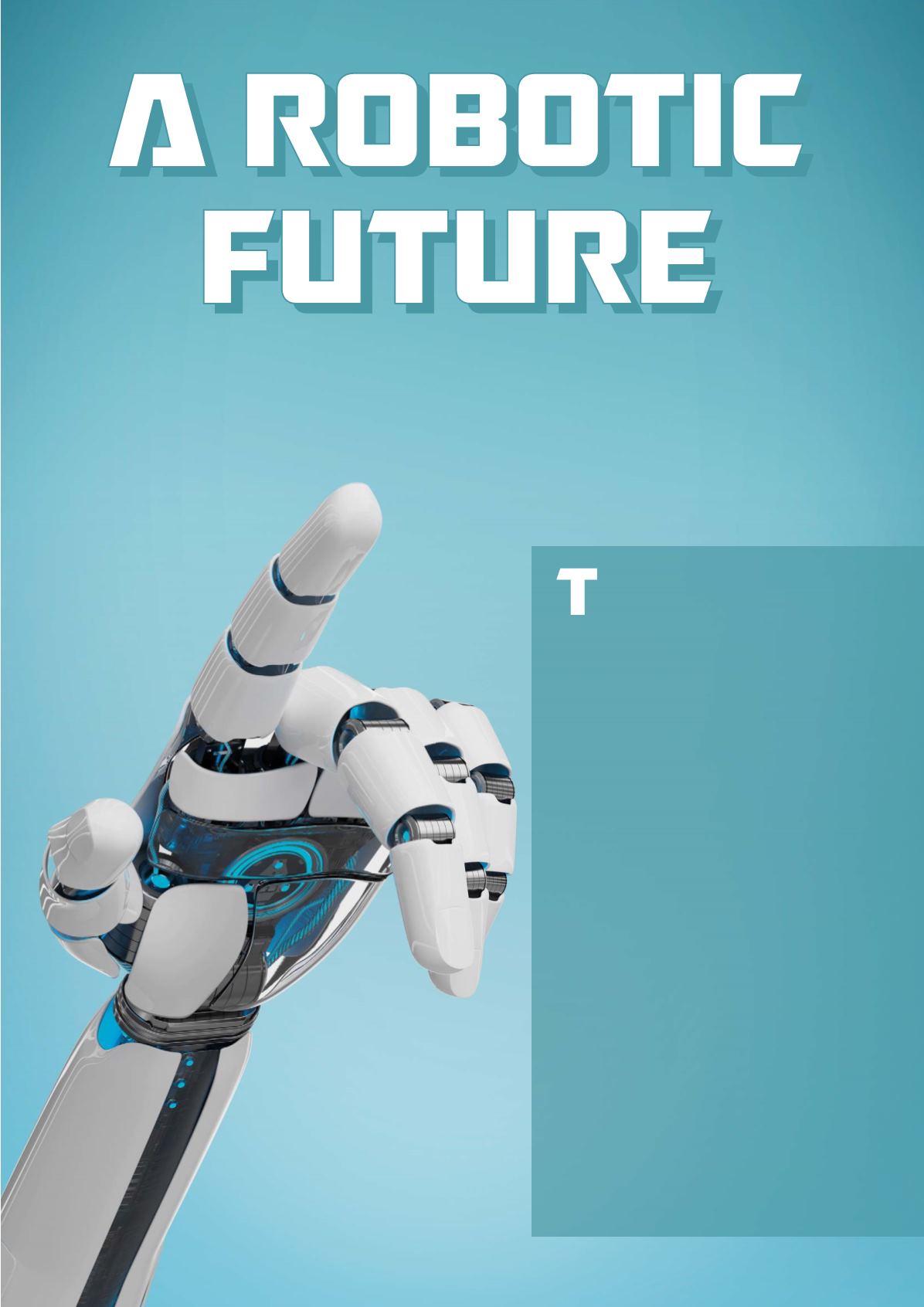
he current climate of the upstream oil and
gas sector means that companies are finding
themselves challenged by capital efficiency
and return on investment. The returns to date are not
acceptable to either private or public investors.
By setting the improvement of capital efficiency as
a primary goal, Diversified Well Logging is reinventing
traditional mud logging through the development
of robotic solutions and advanced software for the
collection and analysis of drilled cuttings. As a result,
higher resolution and quantitative data will help
benefit the company’s AI solutions.
Reinventingmud logging
The reinvention of mud logging was necessary
to increase the geological data available to drive
operational and capital efficiency, which in turn helped
create the hybrid mud logging (HML) system. Using drill
cuttings, a ‘free’ byproduct of the drilling operation
and benchtop portable X-ray fluorescence (XRF)
instruments, the system applies rigorous laboratory
quality control (QA-QC) procedures to provide near real
time rock composition measurements. When combined
with drilling data, AI methods including machine and
deep learning provide an important window into the
subsurface.
Drilling data is measured every second and drill
cuttings are analysed every 28 minutes, providing
up to 35 elements and a significant number of ratios.
Elemental gamma ray (EGR) is calculated from
uranium, thorium, and potassium and mineralogy
and total organic carbon (TOC) are modelled. The
estimated geomechanical properties for completions
optimisation and chemostratigraphic interpretation are
also provided post well (Figure 1).
David Tonner, Geoffrey Cave and Simon Hughes,
Diversified Well Logging, USA,
analyse how surface AI
is driving capital efficiency.
|
19








